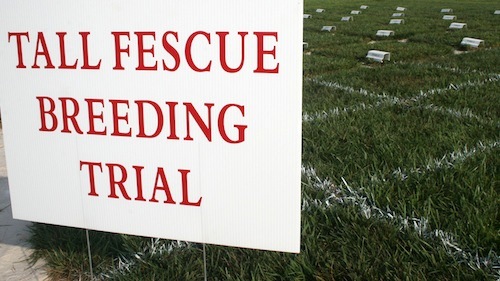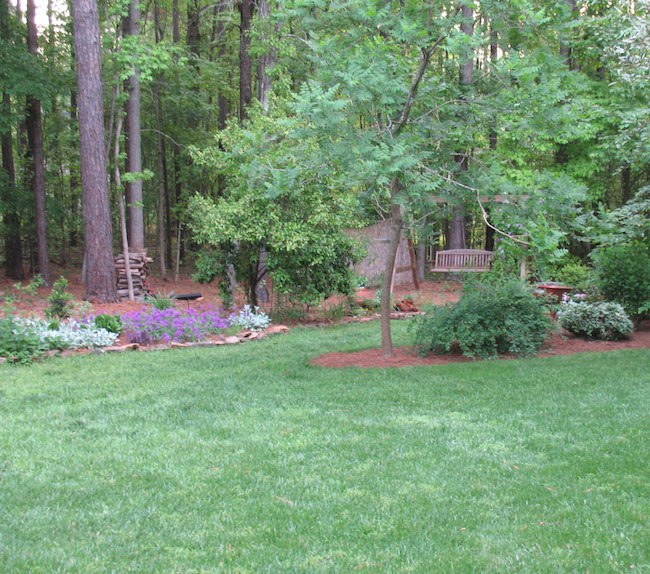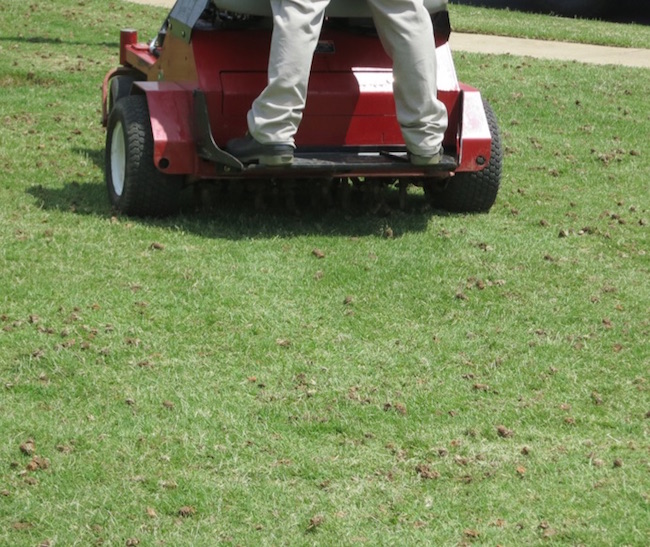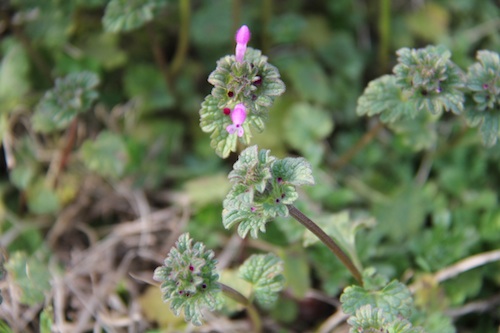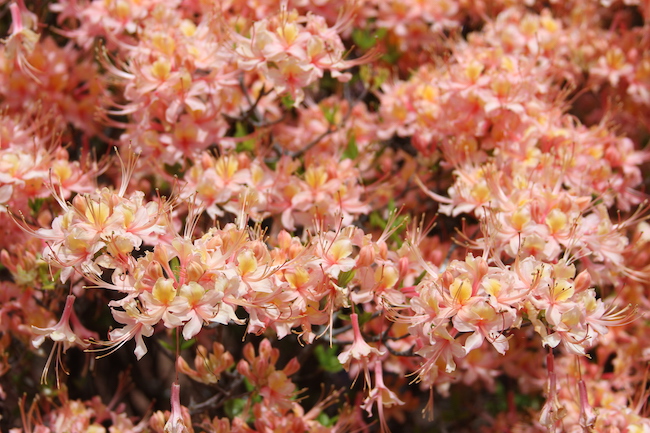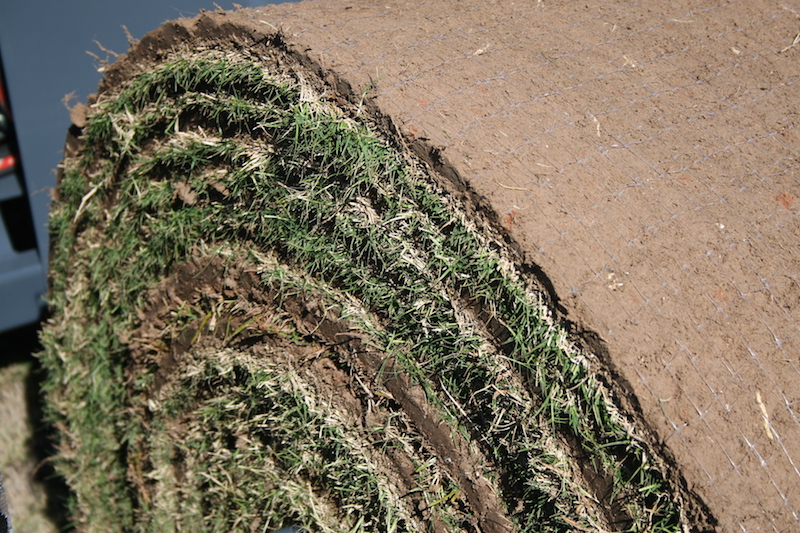 CAES News
CAES News
Sod 101
Georgia turfgrass producers and industry leaders will gather Tuesday, Oct. 31, and Wednesday, Nov. 1, in Ft. Valley, Georgia, for the annual Georgia Sod and Turf Producers Field Day. Industry leaders and university experts will provide updates on turfgrass-related topics, and the latest equipment will be displayed and demonstrated at the event’s trade show.

